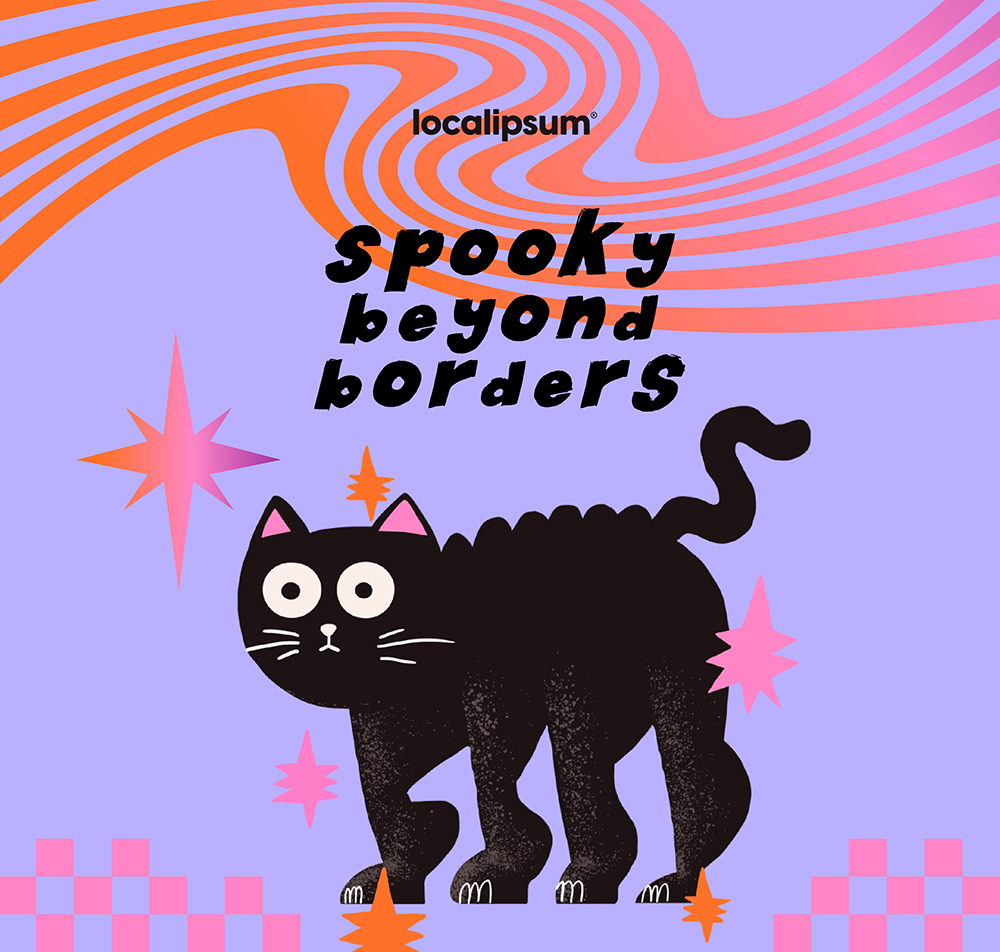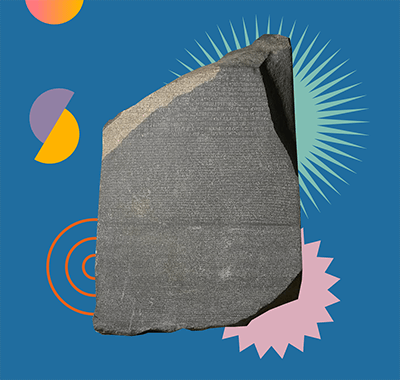Trick or Treat in Ten Languages (audio included!!!)
Halloween is a global celebration, and its spirit transcends borders. In this article, we’ll explore how to say “trick or treat” in 10 different languages, and we’ll delve into the unique ways each country celebrates this holiday. So, whether you’re planning to travel in the next few days or just want to impress your friends with some multilingual Halloween fun, read on.
Table of Contents
Irish: Cleas nó cóir leighis
Let’s start from the beginning. Did you know that the origins of Halloween come from the Festival of Samhain in Ireland’s Celtic past? It marked the end of summer and the beginning of a new year, with beliefs that souls of the departed returned on October 31st.
In Ireland, Halloween is not just a one-night affair; it’s a month-long celebration. It’s common to carve turnips or pumpkins into lanterns, much like the Jack-o’-Lanterns used in the US. These lanterns were traditionally meant to ward off evil spirits.
Another quirky tradition involves placing ivy leaves in cups of water overnight. If the ivy leaf remains untouched and free from spots by morning, it is believed to signify a year of good health until the next Halloween.
Spanish: Truco o Trato
In some Spanish-speaking countries, Halloween shares the spotlight with Día de Muertos (the Day of the Dead). While Halloween is known for its spooky vibes elsewhere, in Mexico, it’s a sacred cultural event. It’s a night filled with reverence rather than frights
The heart of Día de Muertos lies in the creation of ofrendas, or altars. Families meticulously assemble these beautiful and meaningful displays in their homes. These are meant to welcome the spirits of the deceased back into the living world for a brief reunion.
In fact, Día de los Muertos (also grammatically correct) has gained international fandom and has been recognized as part of the Intangible Cultural Heritage of Humanity by UNESCO.
Our Chief Troublemaker, Mónica, reminisces about her first Halloween in Argentina: knocking on doors asking for candy was not popular… at all! Some brilliant marketing guru ideated the concept of closing down an entire shopping mall to have shops give out candy, some trinkets and, while there, parents could do some spooktacular shopping with special treats for grownups. I can’t believe I was too young to come up with the concept myself!
French: Des Bonbons ou un Sort
In France, Halloween has been considered too commercial by many, but attitudes are gradually shifting. Depending on where you live, you might have a few groups of kids knocking on your door asking you for some bonbons, but this is still the exception rather than the rule.
The blending of regional traditions with Halloween creates a fascinating cultural tapestry. For instance, in the Brittany region, it’s a tradition to light candles in windows to guide the spirits of the departed.
German: Süßes oder Saures
Germany’s Halloween celebration is a unique fusion of old traditions and modern influences. In parts of Germany, October 31st is already a holiday, known as Reformation Day. This commemorates the day Martin Luther nailed his Ninety-five Theses to the church door in Wittenberg in 1517, sparking the Protestant Reformation.
The love for the spooky is present in German streets: costumes are often more eerie outfits rather than cute, as well as parties and home decorations. This reflects Germany’s historical ties to Gothic literature, folklore, and the Romantic movement, where themes of the supernatural and mysterious were prominent.
Japanese: Torikku oa Torito
Costume making is not a joke in Japan, and it appeals to adults as much as it does to children. Costume parties are widespread, with people of all ages embracing their favorite characters and creatures. These events are significantly influenced by the Japanese tradition of cosplaying.
Fun fact: trick-or-treating is typically absent from Japanese streets during the 31st. Respect for personal space, and avoiding inconveniencing others are deeply ingrained in their culture.
Portuguese: Doçura ou Travessura
While Halloween’s roots aren’t deeply embedded in Portuguese culture, it has steadily gained popularity over the years. “Dia das Bruxas” has inspired Portuguese-speaking regions to embrace the holiday, blending it with their own traditions and customs.
In some parts of Portugal, instead of asking for candy, children request “Pão-por-Deus,” which translates to “Bread for God.” This tradition stems from an older custom of sharing bread in honor of the deceased.
And our Localipsumed heart can’t help but beat a tad faster with the stunning “doçura ou travessura” rhyming singsong. 🥰
Russian: кошелек или жизнь
While it was not traditionally celebrated, the holiday has gained popularity in recent years, particularly in urban areas. The adoption of Russian Halloween traditions are a testament to the adaptability of global celebrations.
Hindi (India): चाल या दावत
Halloween in India is an uncommon and relatively niche celebration due to the country’s diverse religious and belief systems, where ghostly spirits are synonyms of bad luck. Additionally, a large portion of the Indian population is unfamiliar with the holiday, perceiving it as a foreign concept.
There is a small but growing population in India, primarily in metropolitan areas, that has embraced Halloween. This trend is partly attributable to the content displayed on social and traditional media. These newer traditions coexist with the numerous festivals and celebrations.
Greek: φάρσα ή κέρασμα
Even though Greece’s deep-rooted connection to ancient myths and legends provides a unique backdrop for Halloween, this festivity isn’t typically highlighted on Greek calendars.
However, Apokries doesn’t pass unnoticed by the Greeks. Their Carnival Season, which precedes Lents, is full of extravagant parades and colorful costumes. Some people even call this festive time the “Greek Halloween”!
Dutch: Snoep of je leven
Halloween has started to trend during the past years in the Netherlands, but nothing guarantees that trick-or-treaters will receive candy during this spooky night.
If candy is what keeps you up all night (and you’re a kid), you should wait until Saint Marteens Day, only a few weeks after Halloween. In some regions of the country, children put on their costumes and masks and go door by door chanting songs.
One Final Whisper
Each culture has contributed its unique flavor to the global potpourri of Halloween festivities. This holiday transcends borders and boundaries, serving as a vibrant tapestry that reflects our shared love for fun, creativity, and the mysterious. It’s a reminder that, at its core, Halloween is a celebration of the human connection.
Themed marketing campaigns are quite popular during this month. Bearing all these cultural differences in mind, it’s virtually impossible to communicate effectively across multiple audiences using the same message. That’s what Transcreation services are for.
At Localipsum, we always say being human is a value itself, specially in the language services field. Plus, we love costumes… and candy. So we couldn’t miss adding a countdown for this spooktacular day


